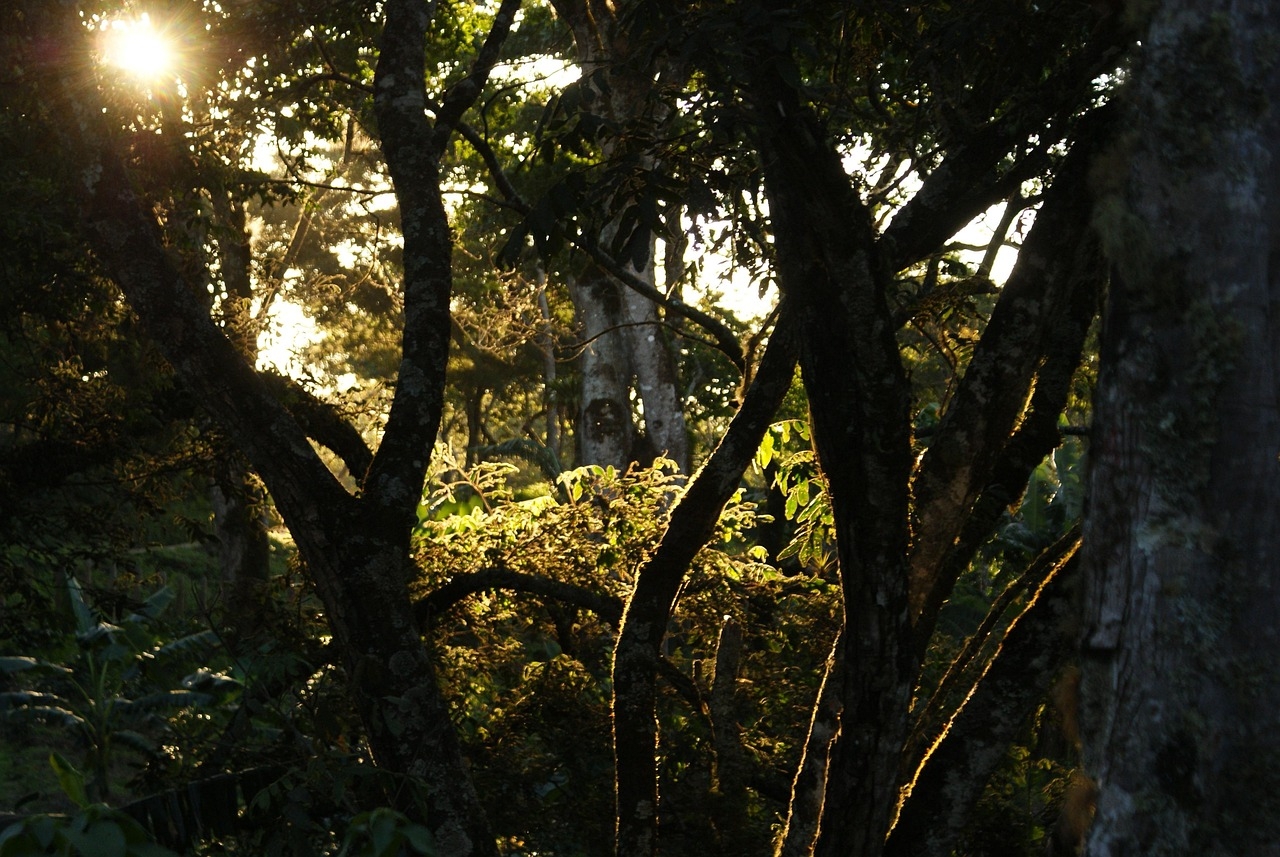We reach more than 65,000 registered users in Dec!! Register Now

Introduced trees are becoming more common in the eastern United States, while native diversity declines
- June 30, 2025
- 1 Views
- 0 Likes
- 0 Comment
The researchers included more than 5 million measurements from individual trees across much of eastern North America and showed the rate at which introduced species are spreading has increased over the last two decades. Additionally, native tree diversity is on the decline in areas where exotic species originally introduced by humans have encroached.
“There’s this assumption that introduced species are not a good thing, but we don’t always know what that means,” said study co-author Doug Soltis, a distinguished professor at the Florida Museum. “People have tried to get at their impact using fine-scale studies. What this paper does is take a more macro-level approach.”
There are numerous studies that catalogue the negative effects plants can have when they’re introduced to a novel ecosystem. Without the pressures of pathogens and herbivores in the region where they evolved, they can quickly outcompete native species, change the pH of the soil, alter the growth and behavior of animals, disrupt the flow of nutrients from tree to tree through underground fungal networks, and make it easier for some species to move into an area while pushing others out.
What we don’t know is how all of these changes affect native plant diversity as a whole.
To find out, the study authors left no stone unturned. Like a physician subjecting a patient to a barrage of clinical tests, they looked at changes in biological diversity over time in response to the arrival and establishment of non-native species.
Using data collected as far back as 1995, the authors found two conspicuous patterns. First, introduced species are picking up speed rather than losing steam. Second, in areas with introduced species, the number of native species is decreasing over time.
The diversity of introduced species in many areas is also increasing. This could be because certain areas are more amenable to the growth of non-natives; they could be close to metropolitan or suburban areas, for example, where exotic trees are grown as ornamentals. Or it could mean the arrival of one introduced species somehow makes way for others.
“We don’t actually know the mechanism behind the increase,” said lead author Yunpeng Liu, a postdoctoral research associate at the University of Florida’s Invasion Science Institute.
The answer to that riddle will have to await further research. Despite a solid understanding of how introduced trees affect natives, the authors say they aren’t any closer to finding a solution for the problem. The study of introduced species is primarily focused on mitigation and prevention rather than the full-scale restoration of ecosystems. Once Pandora’s box has been opened, it’s practically impossible to corral the furies.
“We can’t eradicate species once they’ve become widespread,” Liu said.
But studies like these are valuable nonetheless for the simple reason that a problem can’t be solved unless it’s first identified. Large-scale and long-term datasets like the Forest Inventory and Analysis Program of the USDA provides directions for the unknown road ahead. People doing the hard work of removing introduced species and planting natives — as co-authors Pam and Doug Soltis are doing with a tract of forest at the University of Florida that has been granted a temporary stay from development — need to know where to look and focus their efforts.
“What we can offer is a risk map,” Yunpeng said. “We can tell people which region or ecosystem they should pay more attention to in the future.”
Case study: Tallow tree, “a most useful plant.”
Tallow trees (Triadica sebifera) have spade-shaped leaves with much of the same visual appeal as a gaudy flower. In spring, the new leaves grow out crimson and give way to kelly green as they mature. Near the end of the growing season, the leaves are flushed with anthocyanins that turn them ruby red with bronze veins and a halo of dappled sunset yellows.They have actual flowers, too, which hang down in long racemes that look like elephant trunks attached to the tip of each branch. When the fruit is ready for dispersal, an outer woody layer splits and falls away, revealing three seeds coated in a thick, waxy layer of tallow that can be harvested to make candles and soap.
List of Referenes
- Yunpeng Liu, Samuel M. Scheiner, J. Aaron Hogan, Matthew B. Thomas, Pamela S. Soltis, Robert P. Guralnick, Douglas E. Soltis, Jeremy W. Lichstein. Nonnative tree invaders lead to declines in native tree species richness. Proceedings of the National Academy of Sciences, 2025; 122 (17) DOI: 10.1073/pnas.2424908122
Cite This Article as
No tags found for this post









